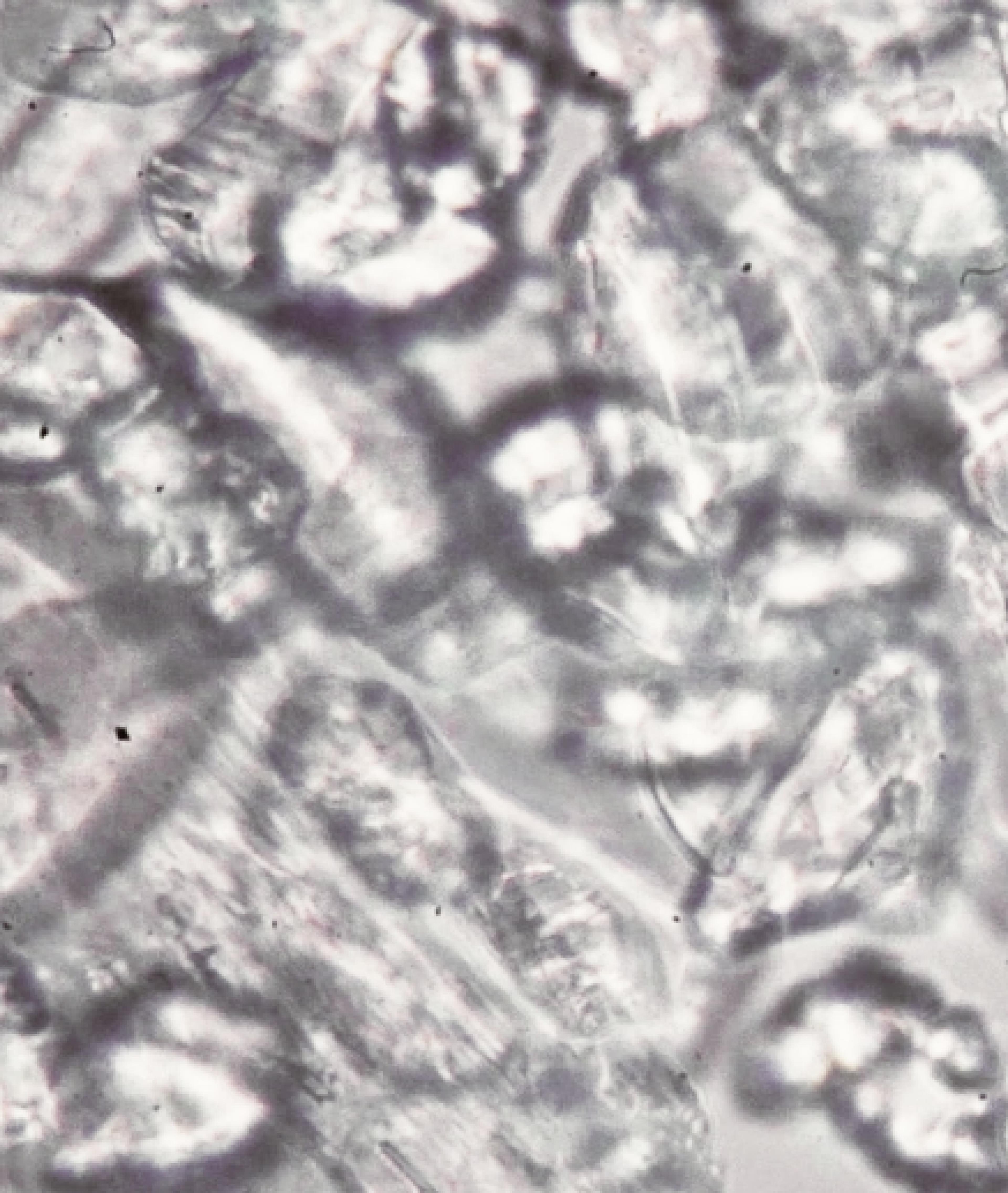How skin bacteria affects the skin barrier
- Skin microbiome

The skin barrier plays a very significant role in skin health and immune functioning. Most inflammatory conditions on the skin include a degradation of the skin barrier- specifically ceramide levels. As research into the skin barrier and skin microbiome progresses, we are learning some very interesting lessons about what affects the skin barrier and the role our skin microbiome plays in skin barrier integrity. It turns out, the bacteria on our skin can either improve or degrade the skin barrier. So here we will go through exactly how this happens and why! Put your scientist hat on for this one ;)
Skin Structure
The skin in made of a brick and mortar structure. The bricks are the skin cells, made of amino acids and other proteins, while the mortar is a lipid matrix made of 50% ceramides, 20% cholesterol, and 10-15% fatty acids. We know that having a strong skin barrier is a must for healthy skin. This brick and mortar structure is the physical barrier between us and the outside world; however, it’s not the only thing protecting us from external pathogens! The skin microbiome is actually our first line of defense, as this collection of bacteria sits on top of the barrier. The microbiome plays a big role in how our skin reacts to pathogens and external substances with which it comes into contact. In many ways, it actually controls what our skin reacts to and what it doesn't.
It turns out that the composition of the skin microbiome doesn’t just affect what the skin reacts to, it can also physically change the integrity of the skin barrier by either making it stronger or making it weaker. One of the most interesting ways it can improve the skin barrier is by helping the skin to produce a very important compound: Ceramides!
Ceramides’ role in skincare
Before we get into how this works, let’s look at the role that ceramides play in the skin. As mentioned before, ceramides make up a large portion of the lipid matrix (mortar) in the skin barrier. The lipid matrix seals skin cells together and performs the significant function of keeping the barrier strong, free from cracking. In contrast, a lack of ceramides have been linked to many inflammatory and chronic conditions- specifically eczema and acne.
Eczema is characterized by a disruption in the skin barrier driven by lipid matrix dysfunction. “In patients with Atopic Dermatitis (AD), the amount and composition of ceramides in the Stratum Corneum (SC) are altered. This suggests that ceramide abnormalities are involved in the pathogenesis of AD.” - PMID 34572035. Although acne and eczema are totally different disease states, they have one thing in common- an altered ceramide content in the skin barrier as compared to healthy skin. “Acne vulgaris is a chronic inflammatory skin disease of the pilosebaceous unit, characterized by permeability barrier dysfunction and reduced ceramide levels in the stratum corneum.” - JDD. A lack of ceramides plays a key role in promoting TEWL or Transepidermal Water Loss, which is elevated in atopic and acneic skin.
In closing, sufficient ceramide levels is absolutely essential to obtain and maintain healthy skin.
How S. epidermidis contributes to ceramide production
Ceramides are sphingolipids with diverse physiological roles. As the title of this section suggests, certain microbes on the skin have been found to encourage and aid in ceramide production… which made my jaw drop the first time I read it. S. epidermidis, which should make up the majority of the skin microbiome, has been found to secrete a sphingomyelinase enzyme that encourages the production of ceramides. Ceramides are made of sphingosine and fatty acids. Sphingomyelinase is a member of the DNase (a superfamily of enzymes) and is responsible for breaking down sphingomyelin into phosphocholine and ceramide. In short, S. Epidermidis helps the body to gather the nutrients needed to create ceramide (sphingosine + fatty acids) via the secretion of a sphingomyelinase enzyme.
While beneficial bacteria can improve the skin barrier, pathogenic bacteria can degrade the skin barrier. One notable bacteria that causes skin barrier degradation is S. aureus. This bacteria is particularly abundant in the skin microbiome of individuals with atopic dermatitis. S. aureus secretes an enzyme called ceramidase. Ceramidase is able to metabolize sphingosine (one of the building blocks of ceramides). This essentially means that S. aureus has the ability to eat away at ceramides, causing a depletion in the lipid matrix and weakening the skin barrier.
So… basically TINY bacteria, BIG deal!
Bottom line:
Clearly the bacteria on our skin can influence the integrity of the skin barrier- mainly through the production or degradation of ceramide content in the lipid matrix. The lipid matrix is the special substance that holds the skin cells together and plays a pivotal role in the health and strength of the barrier. The skin barrier is an important arbiter of what can enter the skin and what needs to stay out- making it the arbiter of our skin’s immune system as well. Because ceramides are a sphingolipid, a sphingomyelinase enzyme is what our body uses to collect nutrients to create enzymes- and S. epidermidis is the beneficial bacteria for the job. This deeper understanding will result in improved therapies that work with the biology of the body and use natural processes to improve diseases characterized by lipid degradation and a weakened skin barrier.
https://www.ncbi.nlm.nih.gov/pmc/articles/PMC8468445/
https://journals.asm.org/doi/10.1128/cdli.6.1.101-104.1999


